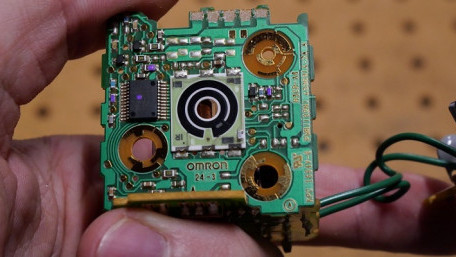
PLCs and microprocessors have largely replaced timing functions in control circuits. But these timer relays still hold many necessary tasks. What’s inside…
PLCs and microprocessors have largely replaced timing functions in control circuits. But these timer relays still hold many necessary tasks. What’s inside these devices might be more complex than you imagined!
Coil, field winding, rotor, stator, eddy current… When it comes to motors, there are numerous terms that describe the…
Coil, field winding, rotor, stator, eddy current… When it comes to motors, there are numerous terms that describe the theory of operation, but what is inside a 3-phase motor? Take a look, and learn how they work.
Frequency filters remove unwanted variations from signals and power sources. In this article, we explore why we need…
Frequency filters remove unwanted variations from signals and power sources. In this article, we explore why we need frequency filters in industrial automation and where they are commonly found.
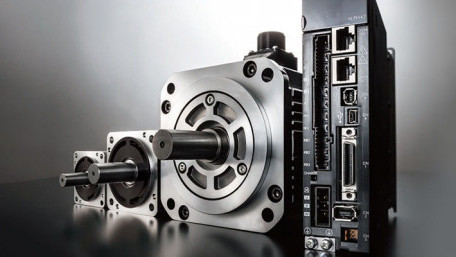
Safety is one of the most critical aspects of machine design. Today, with network connections between different machines…
Safety is one of the most critical aspects of machine design. Today, with network connections between different machines and control centers, safety signals must be shared logically and reliably across networks.
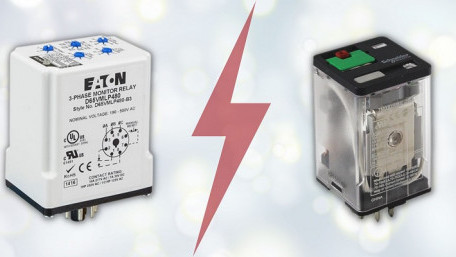
Protection systems are critical in today’s fast-paced industrial revolution for the safety of people and processes.…
Protection systems are critical in today’s fast-paced industrial revolution for the safety of people and processes. This article discusses electronic protective relay types and how they differ from standard relays.
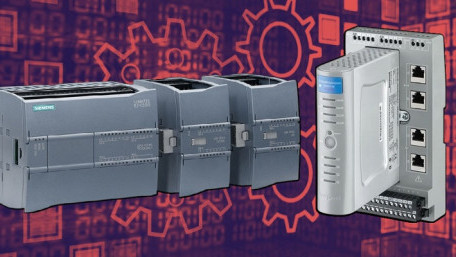
Despite the many overlaps, PLCs and RTUs are two different devices, each with specific suitable applications.
Despite the many overlaps, PLCs and RTUs are two different devices, each with specific suitable applications.
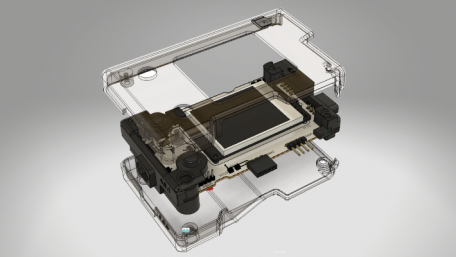
Nearly every electronic product depends on the unity of electrical components and PCBs with physical enclosures and…
Nearly every electronic product depends on the unity of electrical components and PCBs with physical enclosures and parts. Learn how Autodesk’s Fusion 360 offers a complete solution for electromechanical integration and design.
You are bound to encounter two terms associated with sensors and some loads: ‘NPN’ and ‘PNP’. You must understand…
You are bound to encounter two terms associated with sensors and some loads: ‘NPN’ and ‘PNP’. You must understand the relationship between the field device and the control module in order to choose and install components properly when needed.
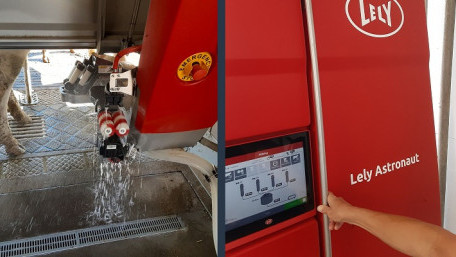
Learn how one small farm in a rural community is upgrading production with advanced technology in several ways to…
Learn how one small farm in a rural community is upgrading production with advanced technology in several ways to overcome staff shortages, product demand, and regulatory compliance.
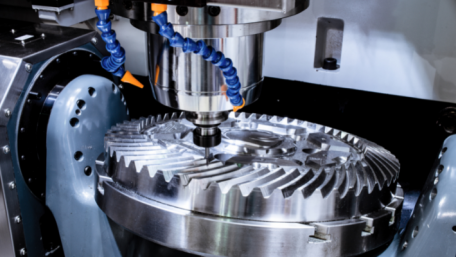
Programming languages often include sine and cosine functions. They simplify programming, but consume valuable memory…
Programming languages often include sine and cosine functions. They simplify programming, but consume valuable memory space and computation time. This can be overcome using simple approximations.

Network switches allow the interconnection of devices and controllers across a facility, with particular features that…
Network switches allow the interconnection of devices and controllers across a facility, with particular features that make them a good fit for industrial applications. We introduce a few of the leading manufacturers of these products.
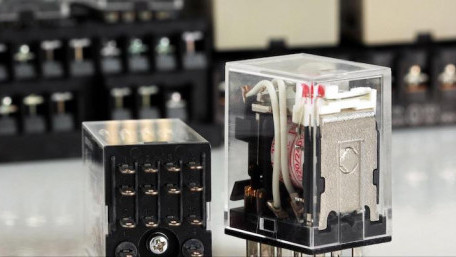
Relay and other coil devices pose a few confusing questions: How can the relay still work if you connect a DC supply in…
Relay and other coil devices pose a few confusing questions: How can the relay still work if you connect a DC supply in reverse? How can an alternating voltage attract and hold the load consistently?
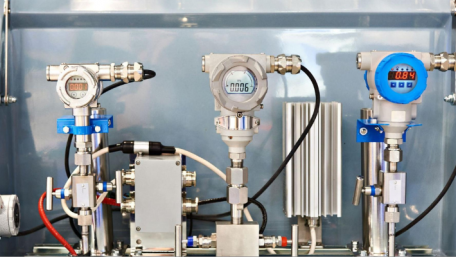
Industrial analog sensor devices primarily use 0-10 volt or 4-20 milliamp. For those mA signals, learn the reasons for…
Industrial analog sensor devices primarily use 0-10 volt or 4-20 milliamp. For those mA signals, learn the reasons for why the lower and upper limit standards were determined as 4 mA and 20 mA.
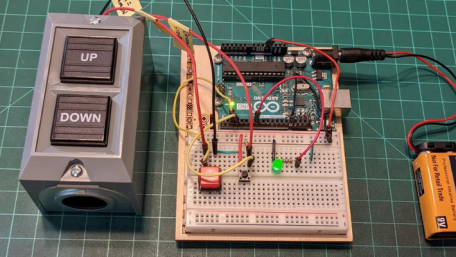
Learn how to prototype an industrialized OpenPLC Arduino PLC control station concept. This hands-on project will…
Learn how to prototype an industrialized OpenPLC Arduino PLC control station concept. This hands-on project will illustrate converting a relay ladder control circuit into a Ladder Diagram (LD) program.
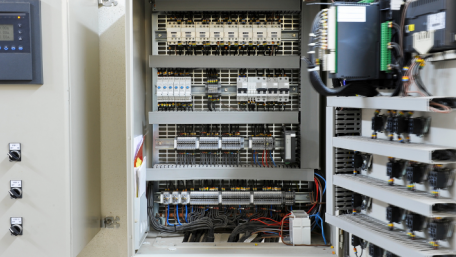
Industrial control panels are at the heart of control systems. Learn about the standards and regulations that dictate…
Industrial control panels are at the heart of control systems. Learn about the standards and regulations that dictate industrial control panel design for safety and efficiency, including NFPA 70, UL 60947-4-1, and NFPA 79.
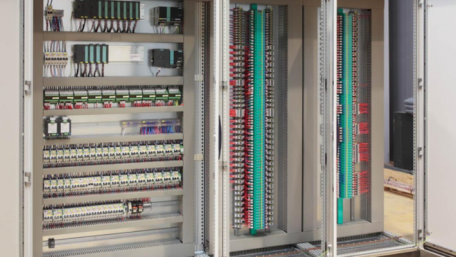
Whether open or closed, industry standard or built for tough environments, or modular or customized, it is important to…
Whether open or closed, industry standard or built for tough environments, or modular or customized, it is important to follow a set of repeatable tasks when designing industrial control panels for efficiency and safety.
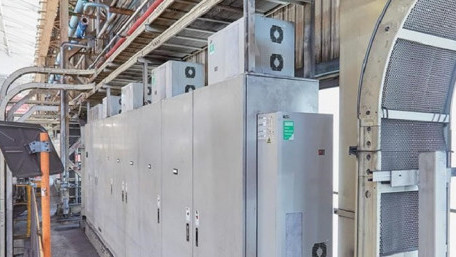
Any machine can become a source of elevated temperature, even under regular operation. We cannot assume that temperature…
Any machine can become a source of elevated temperature, even under regular operation. We cannot assume that temperature problems occur only based on climate conditions, and mitigation steps must be employed.
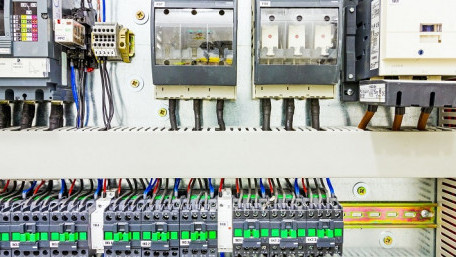
When selecting the right module for the right load, be sure to understand how the load resistance will affect the voltage…
When selecting the right module for the right load, be sure to understand how the load resistance will affect the voltage and current of the output module terminals.
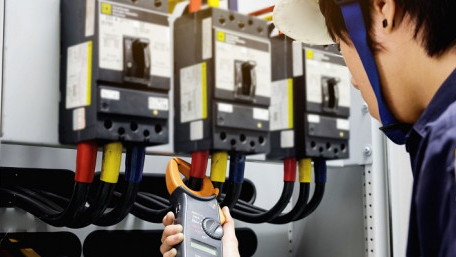
The diverse power terms in electrical generation systems include active, reactive, and apparent power, all of which lead…
The diverse power terms in electrical generation systems include active, reactive, and apparent power, all of which lead to the introduction of ‘power factor’ effectiveness in an AC circuit.
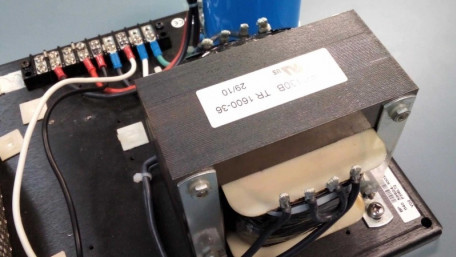
Grounding transformer connections presents its own set of challenges. This article addresses these challenges and several…
Grounding transformer connections presents its own set of challenges. This article addresses these challenges and several common configurations for control transformer grounding.
